Side-by-side vehicles, also known as Utility Terrain Vehicles (UTVs), have gained tremendous popularity in recent years due to their versatility and off-road capabilities. As enthusiasts and outdoor adventurers consider purchasing a UTV, one crucial aspect to consider is the weight of the vehicle.
We will delve into the various aspects of side-by-side’s weight, including dry weight, wet weight, gross weight, and weight difference among different models.
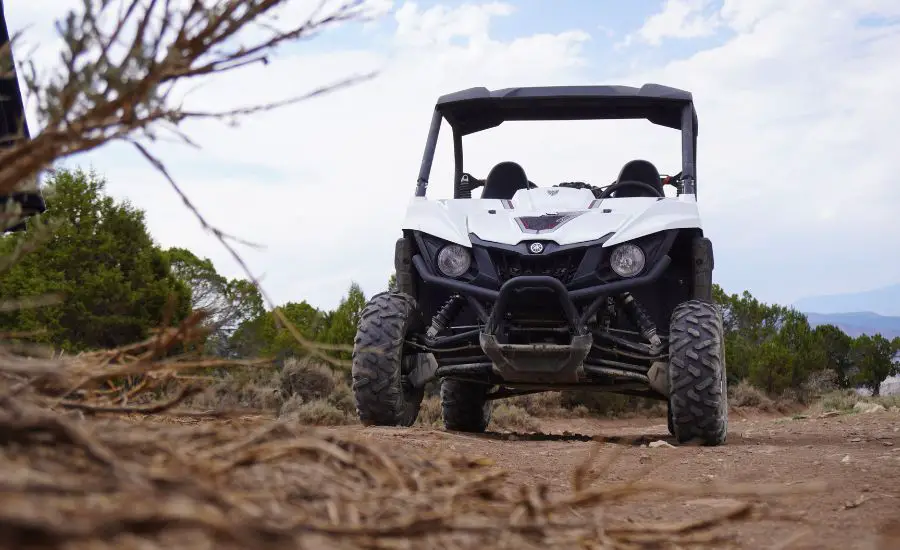
Dry weight
Dry weight represents the weight of the utility vehicle without any fluids or additional equipment. It typically includes the weight of the chassis, engine, and other essential components.
It does not account for any fluids, accessories, or cargo weight capacity that would typically be present during operation.

Wet weight
Wet weight, which is also called curb or ride weight, refers to the weight of the UTV when it is fully loaded with all necessary fluids, such as fuel, oil, coolant, and other fluids required for operation. The wet weight provides a more realistic measurement of the actual weight of the vehicle when it is ready to ride.
Gross weight
Gross weight encompasses the total weight of the vehicle, including its own weight, all passengers, cargo, and fluids. It represents the maximum weight that the vehicle can safely carry, including its payload capacity. Gross weight takes into account all the factors that contribute to the overall weight of the side-by-sides during operation.
Understanding the distinctions between dry, gross, and wet or curb weight allows buyers to make informed decisions based on their specific requirements. While dry weight provides a starting point for comparisons, gross and wet weight give a more accurate representation of the UTV weight under real-world conditions.
Considering the curb weight can provide a practical measure when assessing the vehicle’s readiness for operation.

The average weight of side-by-sides
The average weight of side-by-sides can vary significantly depending on the model and purpose.
Most side-by-sides fall within the 1,200 to 2,000-pound weight range. This average weight takes into account both dry and wet weight.
Weight of different UTV models
Let’s explore the weight variations among some of the common UTV models:
Polaris RZR XP Turbo
The Polaris RZR XP Turbo has an average weight of around 1,450 to 1,550 pounds, considering both dry and wet weight.
These popular sport UTVs of the Polaris RZR series offer exceptional performance and agility.
Polaris Ranger XP
The Polaris Ranger XP is a versatile UTVs with an average weight ranging from 1,200 to 1,600 pounds.
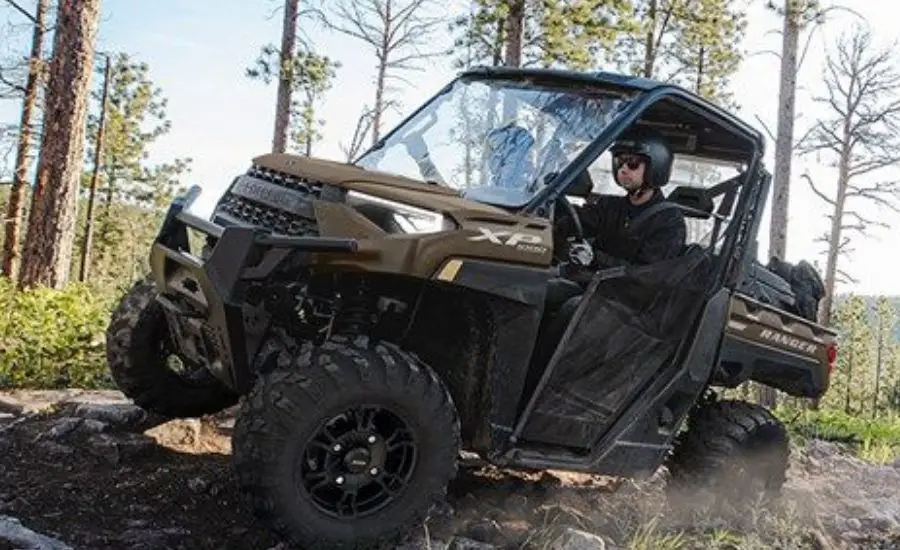
Can-Am Commander
The Can-Am Commander is known for its power and off-road capabilities. With an average weight of approximately 1,500 to 1,700 pounds, it offers a sturdy and reliable ride.
Arctic Cat
Arctic Cat is a well-known manufacturer of UTVs, offering a range of models suited for various purposes.
On average, Arctic Cat UTVs weigh between 1,200 to 1,600 pounds, taking into account factors such as a full tank of fuel and standard equipment.
Honda Pioneer
The Honda Pioneer series is renowned for its durability and reliability in the UTV market.
When it comes to weight, Honda Pioneer UTVs generally fall within the same weight range as other utility UTVs. On average, a Honda Pioneer UTV weighs between 1,300 to 1,700 pounds.
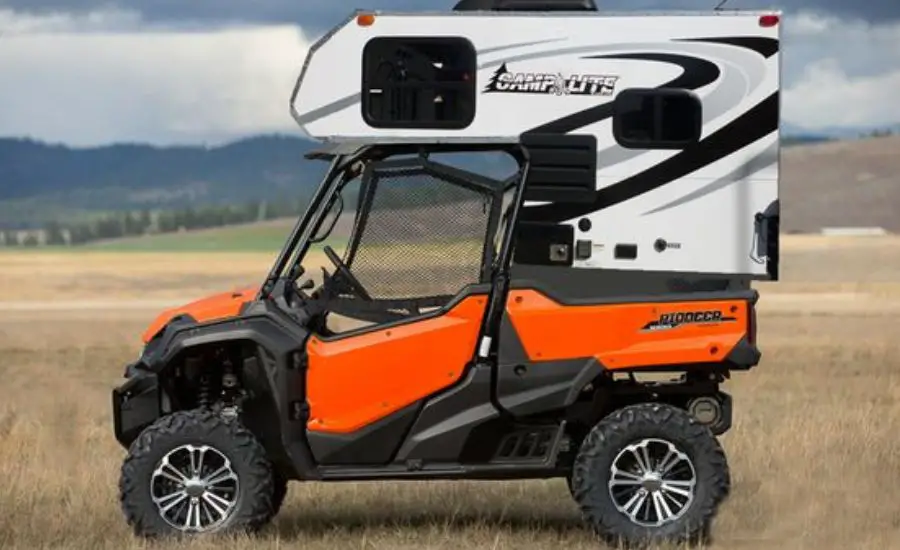
Kawasaki Mule PRO
The Kawasaki Mule Pro series is a well-regarded lineup of UTVs that focuses on utility and versatility.
The weight of these UTVs is similar to other utility UTVs, falling within the average range. On average, this UTV weigh between 1,300 to 1,700 pounds.
Maverick Turbo
The Maverick Turbo is a popular UTV model from Can-Am, known for its impressive power and performance. On average, it weighs between 1,400 to 1,800 pounds.
Keep in mind that these weights are approximate and can vary between different manufacturers and their respective models such as the Maverick X3, Ranger XP 1000, and other sport models within the Polaris RZR and Yamaha UTV lineups.
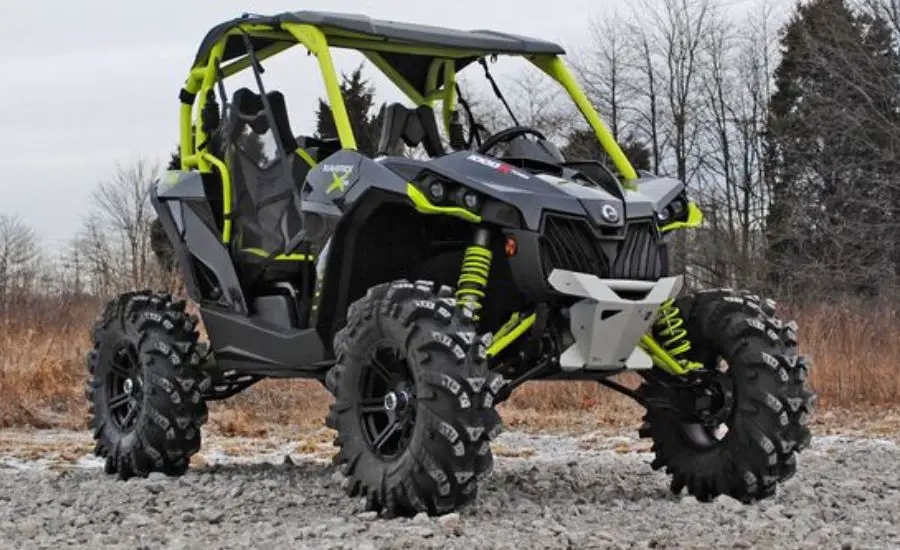
Weight variations in sport UTVs
For those seeking high-performance sport models, it’s important to consider the weight differences between various options of UTV.
Sport UTVs are designed to offer exceptional speed, agility, and handling. Sport UTVs often have lower weights to optimize their performance.
The weight of sport models can range from 1,100 to 1,500 pounds on average, making them lighter compared to utility-focused side-by-sides.
ATV weight
ATVs (All-Terrain Vehicles) are another popular off-road vehicle category that enthusiasts often consider. When it comes to ATV weight, it can vary depending on the model, features, and intended use. ATV weigh between 400 to 800 pounds.
It’s important to note that these numbers can fluctuate depending on various factors.
Adding fuel to the full tank and other standard equipment can increase the weight slightly.
UTVs weigh more than ATVs. ATVs can still carry riders and cargo efficiently, although they have a lower payload capacity compared to UTVs. Some models may have the same weight or have more weight due to additional features or larger engine sizes.
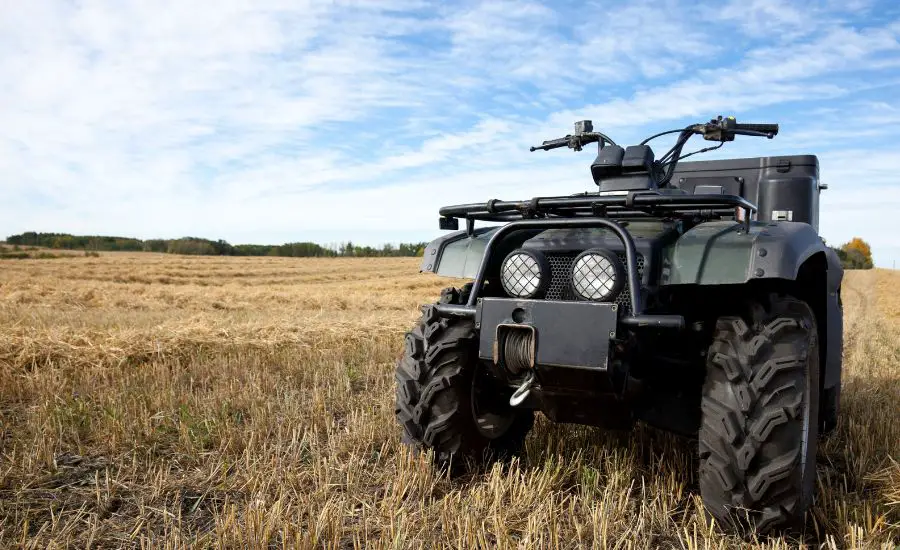
Weight considerations for youth UTV models
Youth UTV models are designed specifically for younger riders, focusing on safety and ease of use. These UTV models tend to have lower weights, making them more manageable for young riders. Youth UTVs typically weigh between 500 and 900 pounds.
Impact of aftermarket accessories on weight
Aftermarket accessories, such as winches, roof racks, and additional storage, can add extra weight to a UTV.
It’s crucial to consider the weight capacity of the vehicle and the impact of these accessories on its overall performance.
While adding aftermarket accessories can enhance the functionality and versatility of a UTV, it’s important to maintain a balance between the additional weight and the vehicle’s payload capacity.
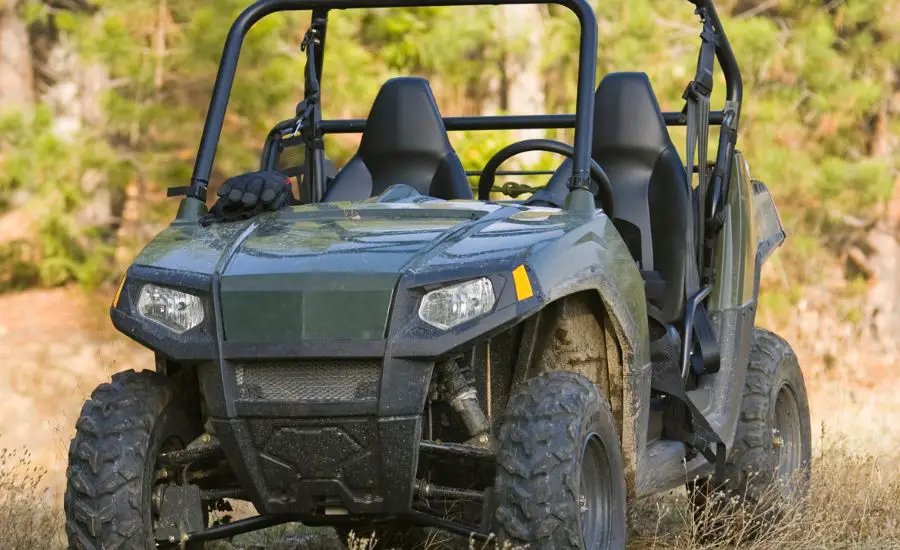
Conclusion
The weight of a side-by-side is a crucial factor to consider when purchasing a vehicle that suits your needs and preferences. Whether you opt for a utility-focused side-by-side, a sport model, or a youth-oriented vehicle, understanding the weight variations and how they can impact performance is essential.
By considering the average weight ranges of different UTV models, as well as the specific weight requirements for your intended use, you can make an informed decision that aligns with your off-road adventures.
Frequently asked questions
How much does a Polaris 1000 weigh?
The Polaris 1000 refers to different models such as the Polaris RZR XP 1000, Polaris ACE 1000, or Polaris Sportsman 1000. The dry weight of these vehicles can range from around 1,200 to 1,500 pounds.
How much does a Yamaha UTV weigh?
Yamaha offers several UTV models, including the Yamaha Wolverine, which is known for its versatility and off-road capabilities. The dry weight of the Yamaha Wolverine can range from approximately 1,300 to 1,500 pounds.
How much does a 4 door RZR weigh?
The term “4-door RZR” typically refers to the Polaris RZR XP 4. The dry weight of the Polaris RZR XP 4 can range from approximately 1,500 to 1,800 pounds depending on the specific model and edition.





